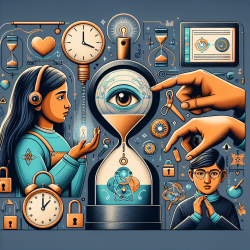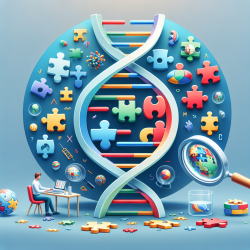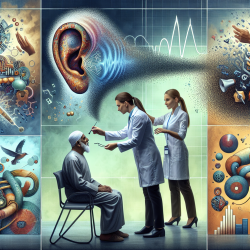Introduction
In the realm of mental health, understanding the factors that influence self-esteem is crucial for practitioners aiming to provide comprehensive care. The research article titled Low self-esteem and psychiatric patients: Part II – The relationship between self-esteem and demographic factors and psychosocial stressors in psychiatric patients offers valuable insights into the interplay between self-esteem and various demographic and psychosocial elements in psychiatric patients. This blog post aims to guide practitioners in enhancing their skills by implementing the research findings and encouraging further exploration of these dynamics.
Key Findings from the Study
The study involved a large sample of psychiatric patients and highlighted several key factors influencing self-esteem:
- Age: Self-esteem generally increased with age, with those over 60 exhibiting significantly higher self-esteem compared to younger groups.
- Gender: Male patients had higher self-esteem than females, with the difference being more pronounced in non-depressed individuals.
- Educational Status: Higher educational attainment was associated with increased self-esteem, suggesting the importance of educational support in therapeutic settings.
- Employment Status: Employed patients showed higher self-esteem than their unemployed counterparts, indicating the role of employment in enhancing self-worth.
- Income: Higher personal and family income levels correlated with higher self-esteem, although the relationship was not as strong as other factors.
- Psychosocial Stressors: While acute stressors did not significantly impact self-esteem, severe enduring stressors were linked to lower self-esteem.
Implications for Practitioners
For practitioners, these findings underscore the importance of a holistic approach to therapy that considers demographic and psychosocial factors. Here are some strategies to enhance therapeutic outcomes:
- Age-Sensitive Interventions: Tailor interventions to accommodate the varying self-esteem levels across different age groups, with a focus on empowering older adults.
- Gender-Inclusive Practices: Address gender-specific challenges and encourage practices that promote self-esteem among female patients, especially those with depressive disorders.
- Educational Support: Facilitate access to educational resources and opportunities, which can contribute to improved self-esteem and overall mental health.
- Employment Assistance: Collaborate with vocational services to support patients in finding meaningful employment, thus enhancing their self-worth and financial stability.
- Stress Management: Develop strategies to help patients cope with severe enduring stressors, thereby mitigating their impact on self-esteem.
Encouraging Further Research
While this study provides a comprehensive overview, there is always room for further exploration. Practitioners are encouraged to delve deeper into the nuances of self-esteem in psychiatric populations, considering cultural, societal, and individual differences. Such research can lead to more personalized and effective therapeutic interventions.
To read the original research paper, please follow this link: Low self-esteem and psychiatric patients: Part II – The relationship between self-esteem and demographic factors and psychosocial stressors in psychiatric patients.










